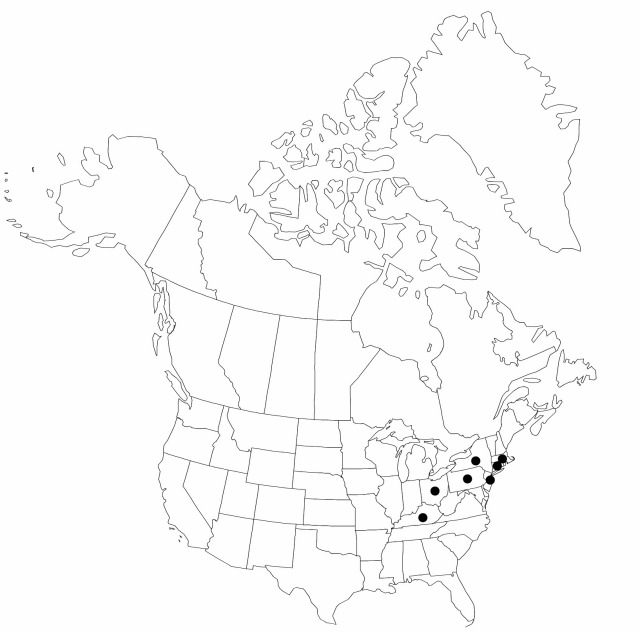Difference between revisions of "Cyperus microiria"
Syn. Pl. Glumac. 2: 23. 1855.
FNA>Volume Importer |
FNA>Volume Importer |
(No difference)
| |
Revision as of 21:07, 16 December 2019
Herbs, annual, cespitose. Culms trigonous, (5–)20–60 cm × (0.2–)0.6–2.4 mm, glabrous. Leaves (1–)3–4, V-shaped, 15–40 cm × 3–6 mm. Inflorescences: spikes 2–5(–8), oblong to ovoid, 2–10 cm × 3–12 mm; rays 4–8, to 11 cm; bracts (4–)5(–7), ascending at 45°, V-shaped, (1.5–)8–30(–50) cm × 1–6 mm; rachilla persistent, wingless (successive floral scales 1.1–1.5 mm apart). Spikelets 10–30, spreading, compressed, linear, 4–20 × 1.5–2.1 mm; floral scales deciduous, (2–)6–26, laterally brown to golden brown, edges clear, medially green, 5-ribbed, outermost ribs more noticeable than others, obovate to nearly orbiculate, 1.3–1.8 × 1.2–1.8 mm, margins emarginate, apex mucronulate, mucro 0.2–0.25 mm. Flowers: stamens 2(–3); anthers (0.2–)0.3–0.4 mm, tips of connectives reddish, less than 0.1 mm; styles less than 0.1 mm; stigmas 0.2–0.4(–0.5) mm. Achenes brown, slightly stipitate, obovoid, 1.2–1.4(–1.5) × 0.5–0.7 mm, apex apiculate, surfaces puncticulate.
Phenology: Fruiting summer.
Habitat: Disturbed soils
Elevation: 0–100 m
Distribution

Conn., Ky., Mass., N.J., N.Y., Ohio, Pa., e Asia.
Discussion
The name Cyperus amuricus Maximowicz has been misapplied to C. microiria by some American authors (e.g., M. V. McGivney 1938).
Selected References
None.
